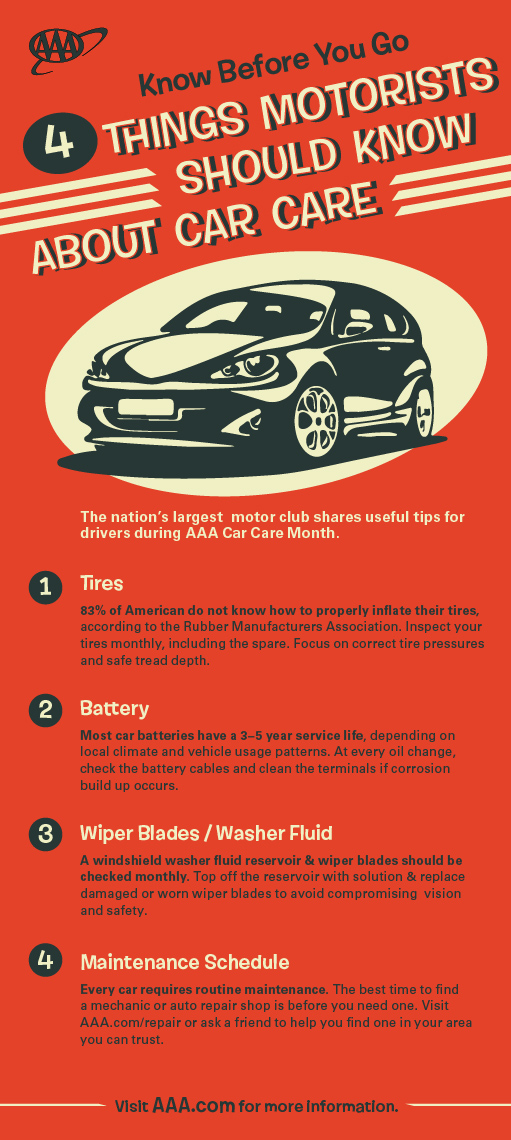Grasping The Value Of Your Auto'S Warning Signals: What They Really Stand For
Grasping The Value Of Your Auto'S Warning Signals: What They Really Stand For
Blog Article
Short Article By-Hartley Forbes
When you're behind the wheel, those beautiful warning lights on your control panel can be a bit bewildering. Do you recognize what they're trying to inform you regarding your automobile's wellness? Understanding auto detailer of these lights is crucial for your safety and the longevity of your lorry. So, the following time among those lights appears, wouldn't you wish to understand its message accurately and take the needed actions to resolve it?
Common Caution Lighting and Interpretations
Identify usual warning lights in your car and understand their definitions to make certain risk-free driving.
car wash near me now consist of the check engine light, which signals issues with the engine or exhausts system. If this light begins, it's critical to have your car examined promptly.
The oil pressure advising light suggests low oil pressure, needing immediate focus to avoid engine damage.
A flashing battery light may recommend a malfunctioning billing system, possibly leaving you stranded if not attended to.
The tire pressure monitoring system (TPMS) light signals you to reduced tire stress, influencing vehicle security and fuel effectiveness. Ignoring this can bring about unsafe driving conditions.
The abdominal light shows an issue with the anti-lock braking system, jeopardizing your capacity to stop rapidly in emergency situations.
Last but not least, the coolant temperature warning light warns of engine overheating, which can cause severe damages otherwise resolved swiftly.
Understanding these typical warning lights will assist you resolve concerns immediately and keep secure driving conditions.
Relevance of Prompt Attention
Understanding the usual caution lights in your car is only the initial step; the importance of immediately addressing these warnings can't be highlighted enough to ensure your safety when traveling.
When a caution light brightens on your control panel, it's your car's way of connecting a possible problem that requires focus. Neglecting these warnings can bring about more severe problems later on, jeopardizing your safety and security and potentially costing you a lot more in repairs.
Trigger interest to cautioning lights can stop failures and mishaps. As an example, a blinking check engine light could suggest a misfire that, if left unattended, could create damages to the catalytic converter. Addressing source for this article can save you from a pricey repair service.
Similarly, a brake system warning light may signify low brake liquid or worn brake pads, essential components for your safety when driving.
DIY Troubleshooting Tips
If you discover a warning light on your dashboard, there are a few DIY troubleshooting pointers you can try before seeking professional assistance.
The very first step is to consult your automobile's handbook to recognize what the particular warning light indicates. Sometimes the problem can be as straightforward as a loosened gas cap activating the check engine light. Tightening up the gas cap may solve the problem.
An additional usual problem is a low battery, which can set off different alerting lights. Checking the battery links for deterioration and ensuring they're safe could repair the issue.
If a warning light persists, you can attempt resetting it by disconnecting the cars and truck's battery for a couple of mins and afterwards reconnecting it. In addition, checking your vehicle's liquid levels, such as oil, coolant, and brake fluid, can aid troubleshoot alerting lights related to these systems.
Verdict
In conclusion, understanding your auto's caution lights is important for keeping your automobile running efficiently and safely. By quickly addressing these signals and knowing what they suggest, you can prevent costly repair services and possible break downs.
Remember to consult your cars and truck's guidebook for specific details on each alerting light and do something about it appropriately to make certain a trouble-free driving experience.
Keep educated, stay safe on the road!
